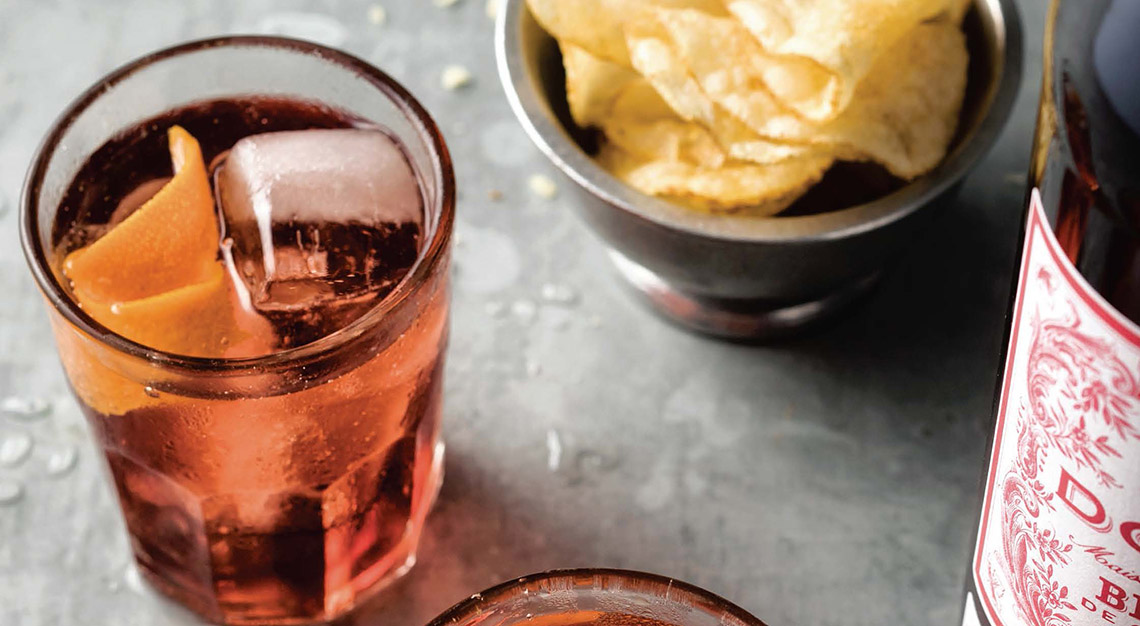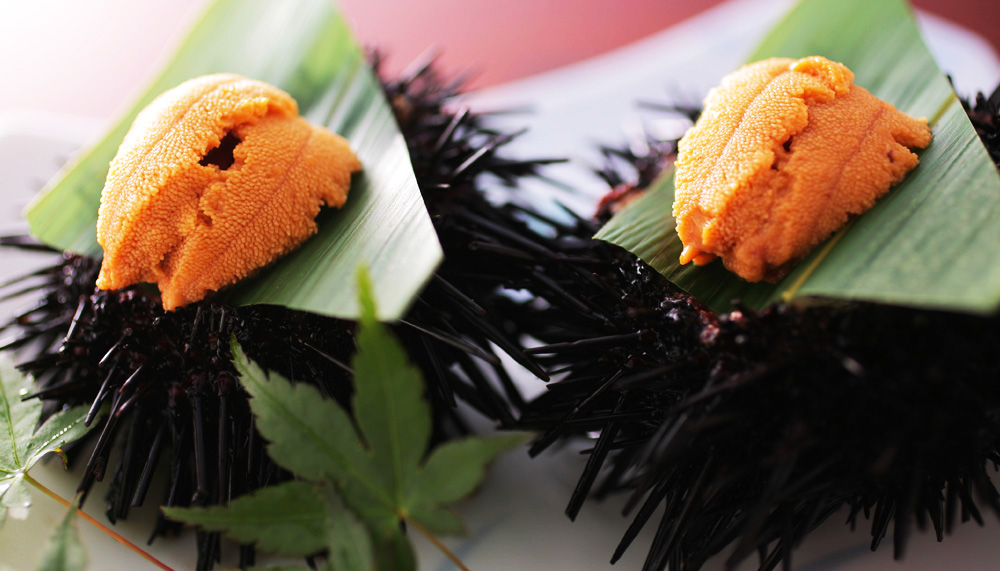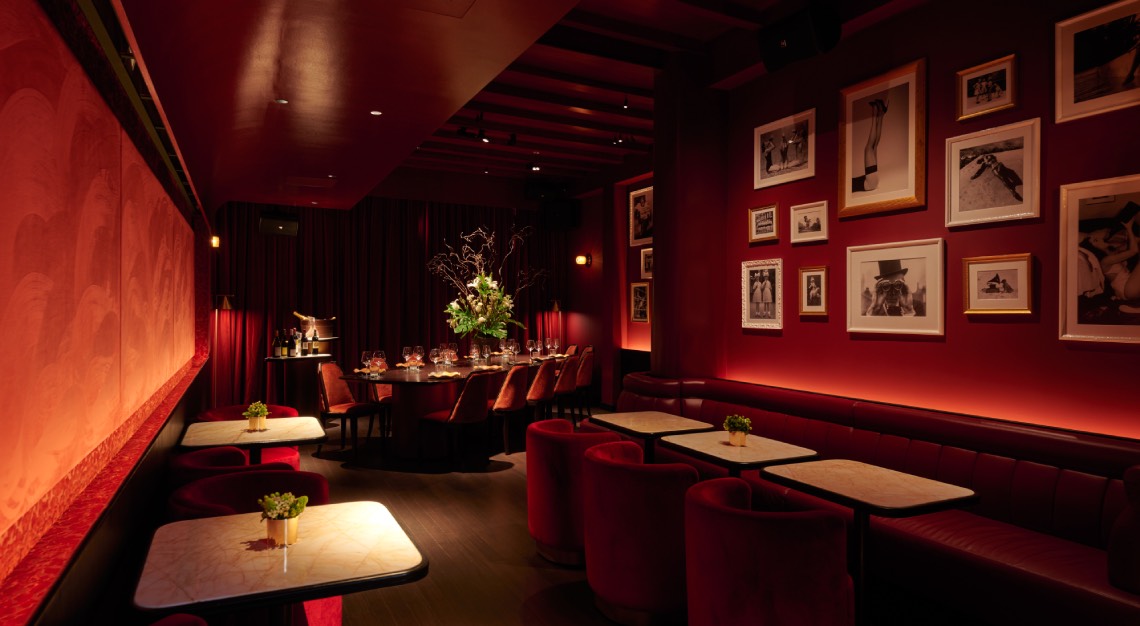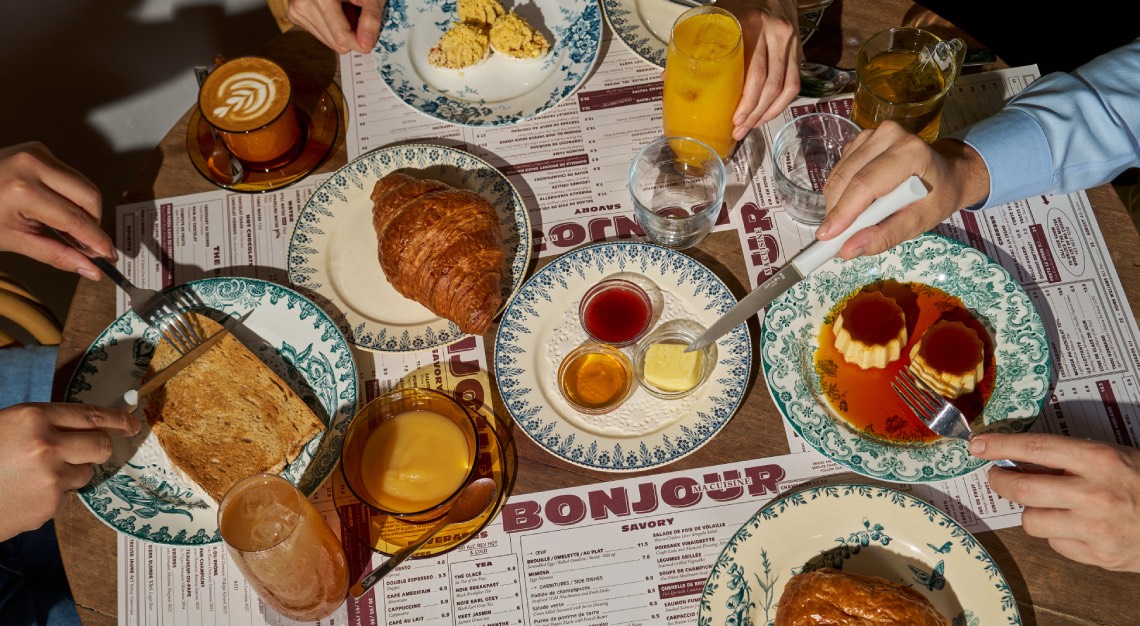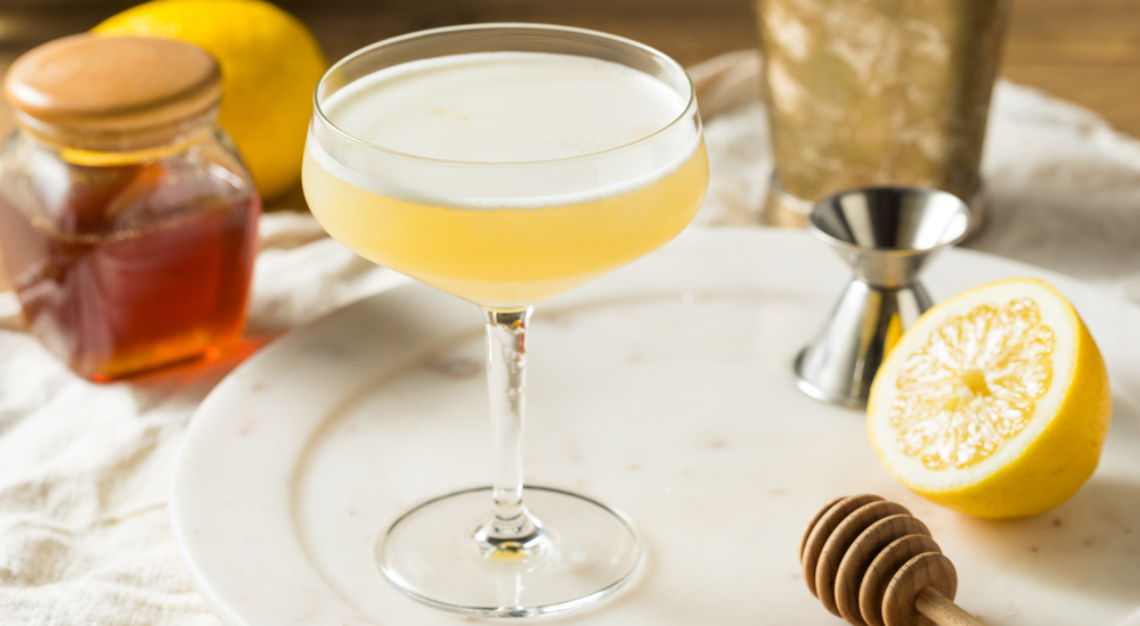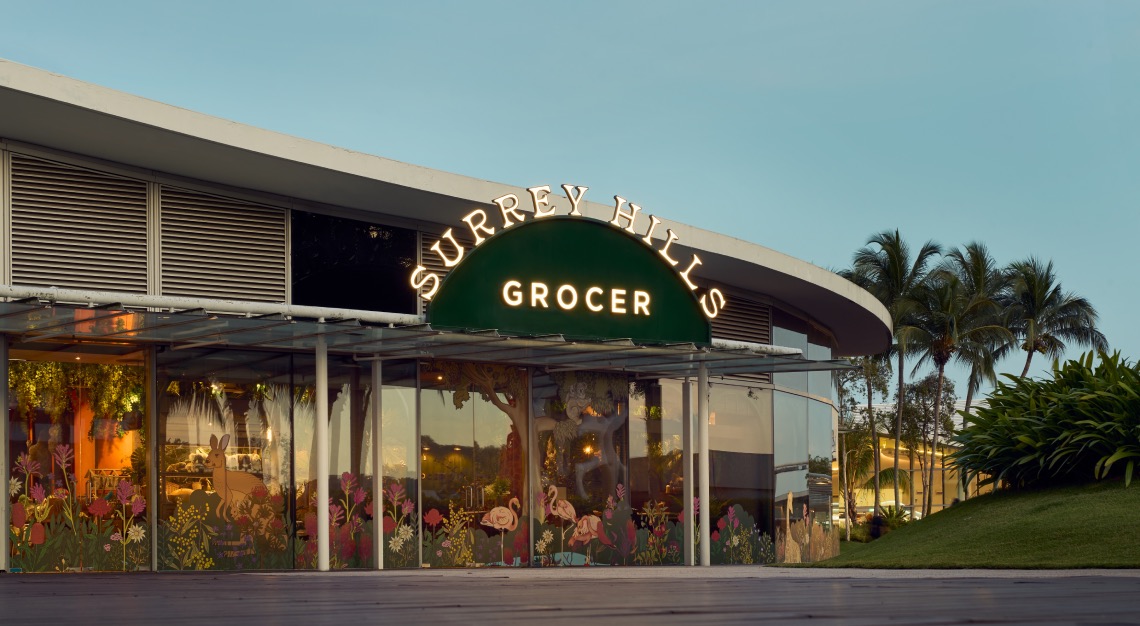Stuck in a lockdown? Bored? So make a cocktail. Here’s a simple recipe for an Americano by David Lebovitz
When life gives you lemons COVID-19, you stay home and make cocktails instead. Need inspiration? Take a page out of David Lebovitz’s new book, Drinking French, and make an Americano (recipe below), a simple cocktail that kind of reflects life as of now. Like making the best out of a bad situation, the sweetness of the vermouth tempers any bitterness of the Campari, and the sparkling water, well, pumps some life into it.
The book, available on Book Depository, is a deep dive into techniques and recipes for the iconic beverages and snacks of France. So if you need something useful for the home (or uh, the next pandemic), get it. His recipes are usually idiot-proof, produce-forward and although not complicated, often reap impressive results. After all, Lebovitz, who has lived in France since 2004, did spend 13 years working as a pastry chef for Alice Waters at Chez Panisse. He’s also the author of Room for Dessert, The Sweet Life in Paris and a popular website, where you’d find stories and recipes you won’t see in his books.
Here, we speak with him about life today, the future of restaurants and what he would need in an apocalypse.
How do you feel about life at the moment?
Well… the first week of confinement was really tough, which initially, I thought, “I work from home. I’ve got this.” But I was unprepared to take a break from writing, going to the market to get ingredients for testing recipes, or my Pilates class to work off all the endless snacking I do ‘working’ at home. Now I’ve fallen into a rhythm and got used to it. We’re fortunate in France that food shops are open and (mostly) fully stocked, but I am worried as flour is one of the few things in short supply. Hopefully, my local bakery will help me out if I do get stuck.
Do you believe in turning life upside down every now and then?
Yes, I did that before when I upended my life and moved to Paris. I turned the Etch A Sketch of life upside down, gave it a shake, and started all over again from a blank slate, or screen. People have told me over the years: “I wish I could do that, but I can’t.”
It wasn’t easy for me as I had left a city (San Francisco) where I had deep roots. I left a house with a backyard and nice kitchen with a patio to move into a tiny one-room apartment with a ceiling that was barely high enough to walk around under – I still have some dents in my head to prove it. There was also no heat in the winter, and hot water that would cut off at the 7.6-litre mark (I learned to shower quickly). I gave up having a car, and didn’t speak French. But somehow, I made it work. I don’t recommend it for everyone. But take it from me, it is possible.
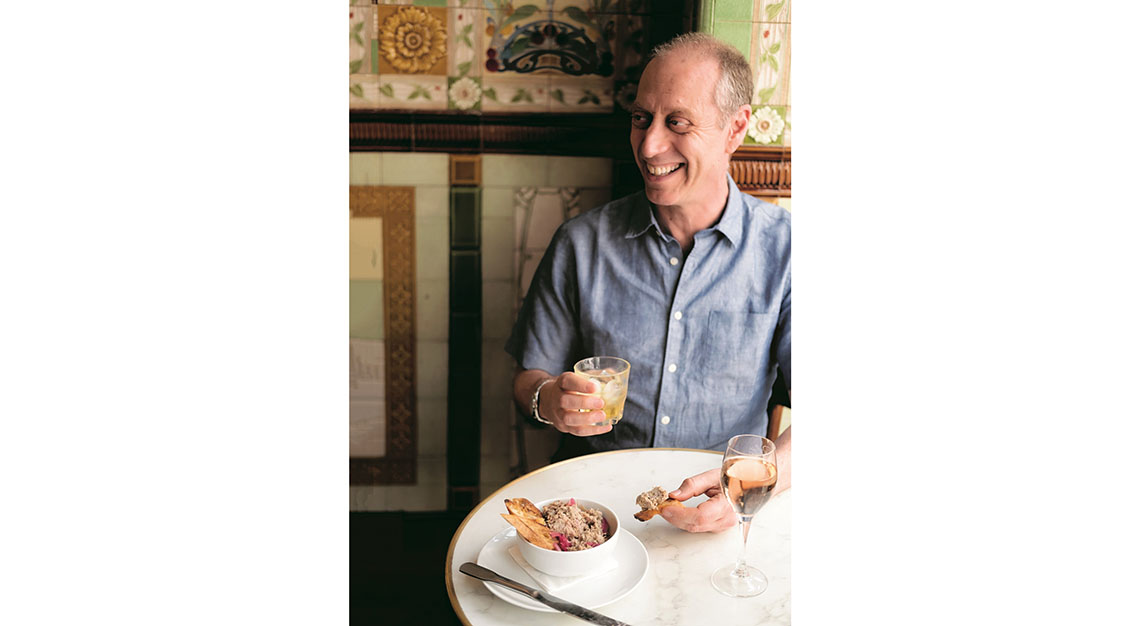
What’s the one thing you wished people knew more about you? And what’s the one thing you wished people didn’t?
Few know that I’m an introvert, which confuses people since I spent my life working in boisterous restaurant kitchens, which are not for the shy (or introverted) but every restaurant kitchen that I’ve ever worked in was really a makeshift ‘family’, which I became a part of and found solace in. Now that I’m a writer, I can hide behind my keyboard while still connecting with the outside world.
Some things I guess that I wished people didn’t know about me are some aspects of my personal life. I’m a writer and to do that, you need to, at times, take a deep dive into your emotions, experiences, and feelings and write about them, good and bad. So people end up knowing more about me than I think I should have shared. But that comes with the territory and is part of being a writer.
Where were you happiest at work?
Chez Panisse was a pretty special place where I spent a majority of my professional life there. When I started [in 1983], Californian cuisine was creating a major stir, and the restaurant was getting a lot of publicity. We opened at 5pm every day, and there was a line out the door and down the sidewalk, which didn’t let up until we stopped serving at 11.30pm. We worked very hard, but the upside was we had the most beautiful fruits and vegetables to work with; every box of blood oranges I opened was a magnificent surprise of colour, and neighbours would come in with baskets of rosy, aromatic raspberries that they’d just picked. You can feel the warmth from being in the sun rising off them. We also didn’t have a lot of time to socialise with each other, but the staff worked as a team, and even though I left the restaurant business 20 years ago, the people I worked with at Chez Panisse remain my closest friends today.
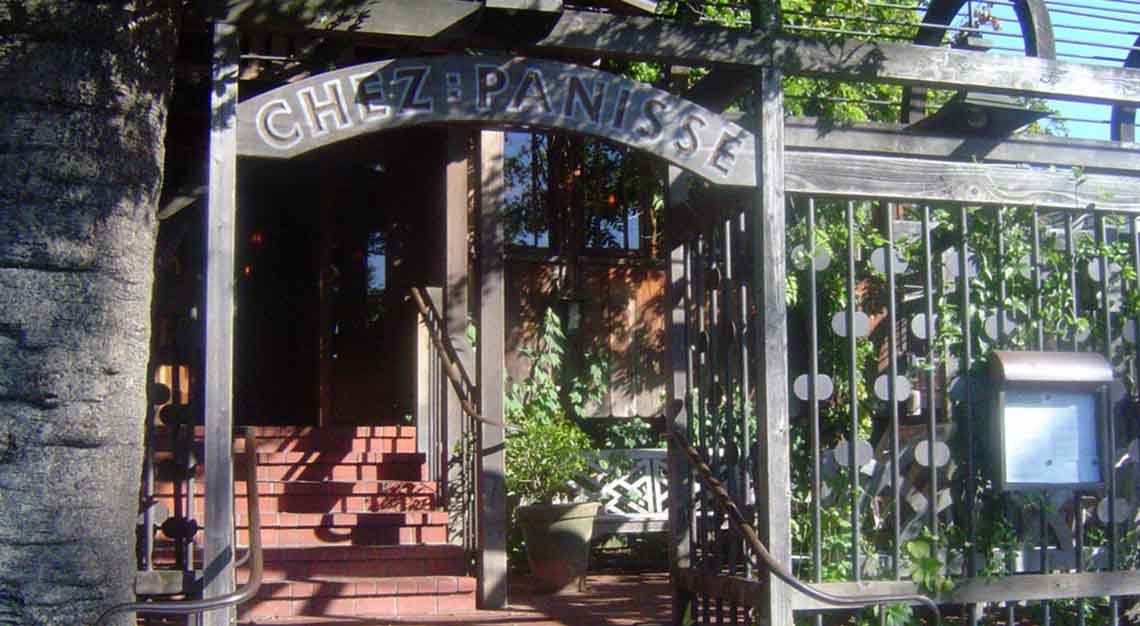
The current state of F&B looks grim. How do you feel about the future of restaurants, and what do you think needs to happen next for restaurants?
This decimation caused by the virus on the food and beverage industry has been catastrophic for everyone. But I think the fact that many people in the hospitality business have little or no safety net is really being magnified by it. People don’t realise that restaurants are not big money-makers; heck, even The Cheesecake Factory said they wouldn’t be able to make their rent this month at any of their locations.
Many restaurants in the US let go of their employees so they could collect unemployment. Because many get paid in cash / tips, I’m not sure any compensation they get from the government is going to be anywhere near what they were earning before. And losing one’s health insurance during a crisis is another issue. So I think (and hope) that perhaps not just the industry, but the public, will reconsider the service-included model that is the norm in almost every other country around the world.
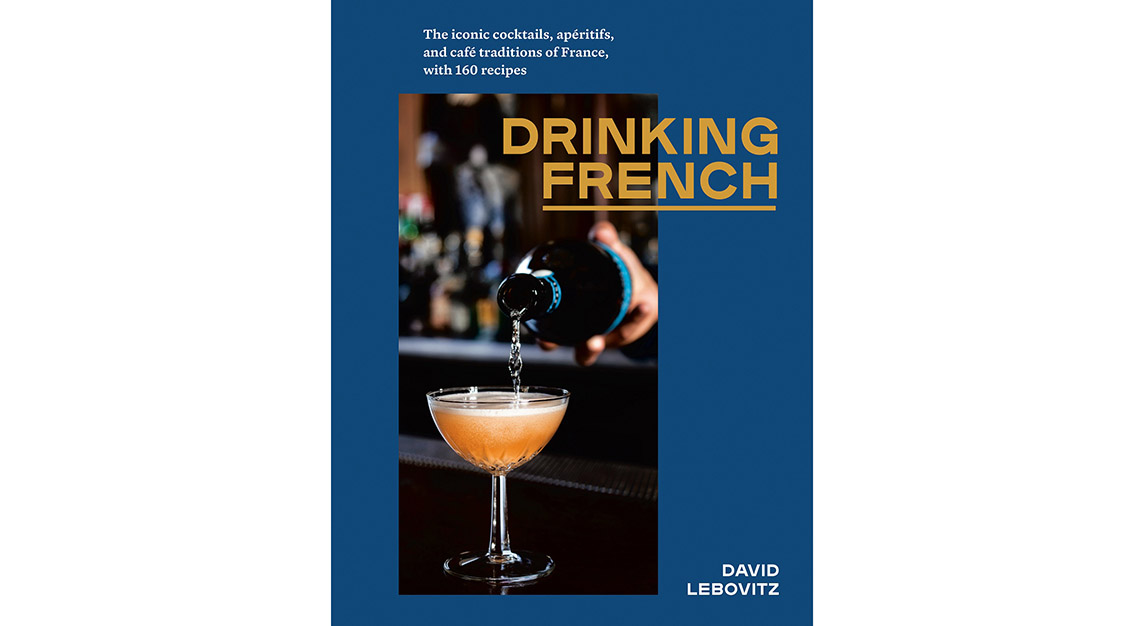
Once the food industry recovers, what kind of food trend will be the new normal?
I think any silliness or pretentiousness will be over. People will be going back to real food, which has been a trend anyway, since even in better times, a single egg with caviar served in a silver bowl with a tiny spoon seemed a little tone-deaf. Most of us just want an omelette or even a fried egg sandwich.
I think the confinement has driven that point home even further as those things became even more out of reach and widened the gap. Even affluent people, who can afford those kinds of luxuries, are moving away from them. [So] it’s nice to see everyone returning to the basics.
Okay, now imagine you’re in an apocalypse. What cooking and baking essentials would you bring to your underground bunker?
I would take a whisk, a set of mixing bowls, at least one flexible spatula, a cake pan, a baking sheet, and if there was a generator, my stand mixer.
What food or drink gives you comfort the most, and why?
Chocolate is always my go-to food, whether it’s a fancy French gâteau, or a bag of M&M’s.
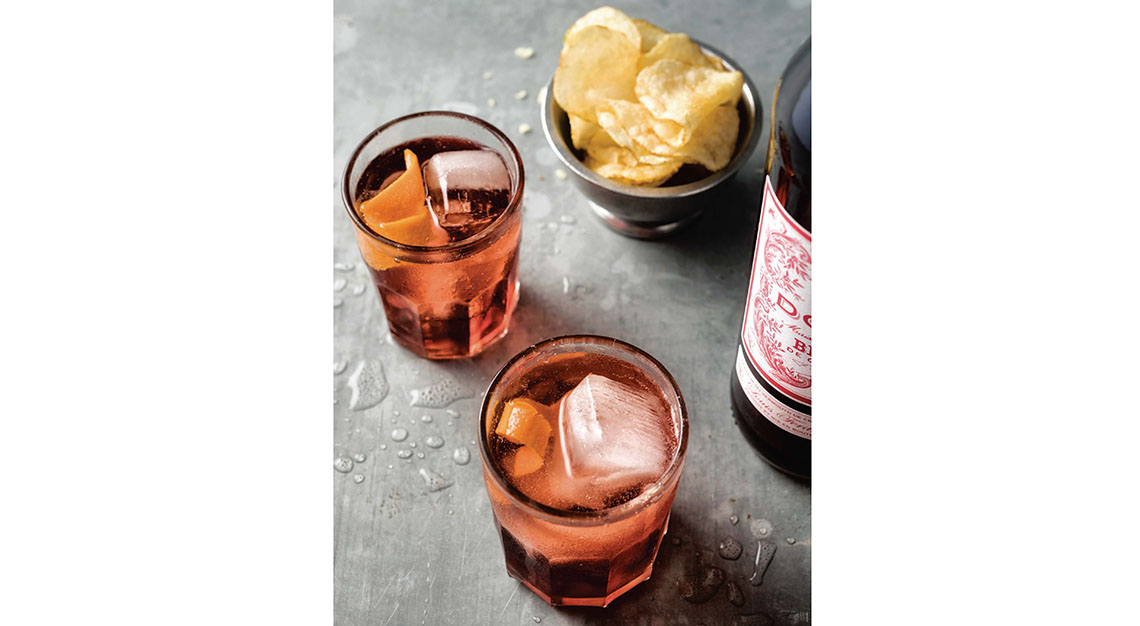
How to make an Americano
Drinking French
Makes one serving
45ml Campari or another red bitter apéritif
45ml sweet vermouth
30ml sparkling water, plus more to taste
Orange twist for garnish
In a short tumbler or rocks glass, mix the Campari and sweet vermouth. Add the sparkling water (you can add more, depending on how mild you want the drink), stir briefly, then add a small handful of ice. Garnish with the orange twist.
Staying home during this period of time isn’t easy, we get it! But we’ll be keeping you company. Subscribe to our digital magazines for free, and check out what ideas we have for you. #StayHomeWithRobb
